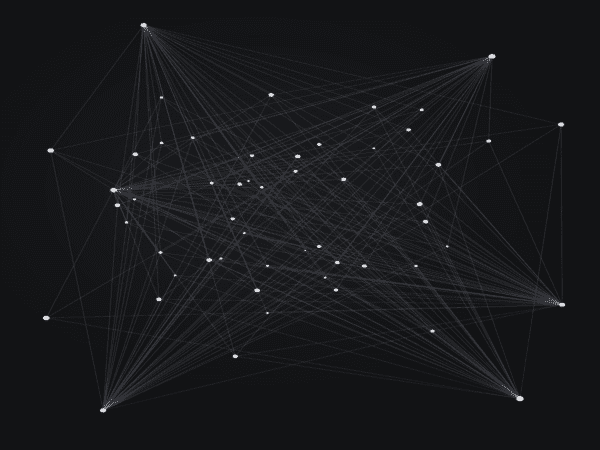Ready or not, EMIR Refit is coming

Article Highlights
- Increase in reportable fields: The EMIR Refit introduces an increase in reportable fields from 129 to 203 (204 in the UK).
-
Additional counterparty information: The Refit mandates the inclusion of additional counterparty information beyond the reporting entity itself.
-
Unique Product Identifiers (UPIs): UPIs are used to identify exchange-traded and OTC derivatives products.
The European ‘leg’ of the refit of the 2019 Refit of EMIR (European Markets Infrastructure Regulation) legislation first introduced in 2012 is now only weeks away, with the UK following in September.
In addition to imposing new ISO200022 global messaging standards on EMIR to ‘further enhance the harmonisation and standardisation of reporting’ and requiring all reporting to be made in the standardised XML structure, reports to trade repositories must now include an additional 74 data fields for every transaction (75 in the UK), increasing total reportable fields from 129 to 203 (204 in the UK).
These new reportable fields in the main, require the sourcing of timely and accurate reference data.
Additional Counterparty Information
Counterparty details that describe the nature, sector and clearing threshold of counterparties are critical reference data points that may need to be sourced from third parties, where the reporting organisation doesn’t hold them. The key change mandated by the EMIR Refit is the requirement to provide additional counterparty information (Counterparty 2) beyond that of the reporting party itself (Reporting Entity), in terms both of identity per the LEI (Legal Entity Identifier) and nature of the counterparty (Financial/ Non-Financial/ Other).
As an added challenge, corporate counterparties may now be required to be included as financial (FC) or non-financial (NFC) entities. While this information may be gathered at the point of onboarding new customers within registration forms or questionnaires (ISDA, for example, has updated its Master Regulatory Disclosure Letter to include new Counterparty 2 fields), and potentially by checking registered company database managers (e.g. Companies House in the UK), it will otherwise require going back to every existing customer to ‘backfill’ this information to comply with and fulfil new reporting obligations.
Unique Product Identifiers (UPIs)
UPIs (Unique Product Identifiers) identify exchange-traded and OTC derivatives products, and typically contain a subset of data elements contained in an ISIN – but more information than can be found in the CFI (Classification of Financial Instruments) code.
ISINs dictate the UPI to be used for instruments traded on a trading venue or via a systematic internaliser (SI). However, OTC instruments must be reported with a new and different UPI which ‘must be present in the Derivatives Service Bureau (DSB) database’ (the UPI reference data library also known as ANNA DSB). Where a UPI is not available in the data library, reporting firms will have to provide a set of reference data values which represent the unique characteristics of the derivative product traded. Further, once the EMIR Refit goes live on 29 April (in Europe), UPIs will be required to be updated for all outstanding OTC derivatives transactions, regardless of whether they were identified previously with an ISIN.
Reference data accounts for up to 70% of the required data
In summary, EMIR is the (unwanted) gift that just keeps on giving in terms of the challenge and headache it continues to present for operations and compliance teams in financial and non-financial counterparty firms engaged in derivatives transactions.
While it is estimated that reference data accounts for up to 70% of the data required in financial transactions, the fact is that there is no central database, platform or utility service that enables financial firms to easily obtain “standardised” transaction product or counterparty reference data. This means that reference data for the same instrument or product can be presented in an entirely different format by different data owners and distributors and has to be ‘transformed’ or ‘normalised’ to satisfy different internal and external reporting workflows and end destinations.
Wrongly ‘labelled’ products and the wrong information in the wrong reporting fields will cause EMIR Refit reporting failures, with associated tedious and costly remediation and re-reporting and potential for regulatory penalties and sanctions.
To avoid this nightmare scenario make sure your reference data is right first time and compliant with EMIR Refit and all the other regulatory reporting obligations – request sample data or find out more







